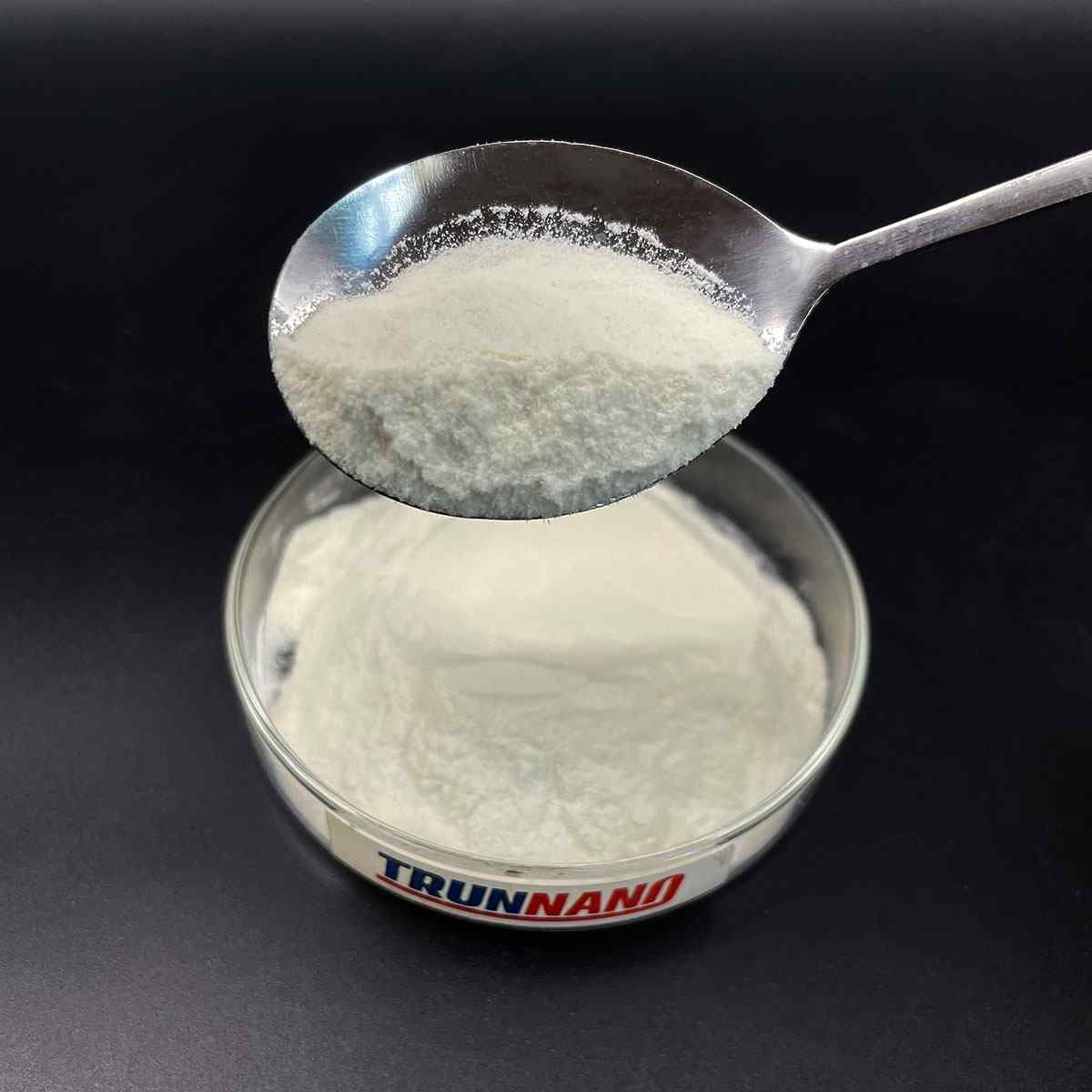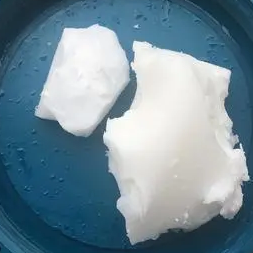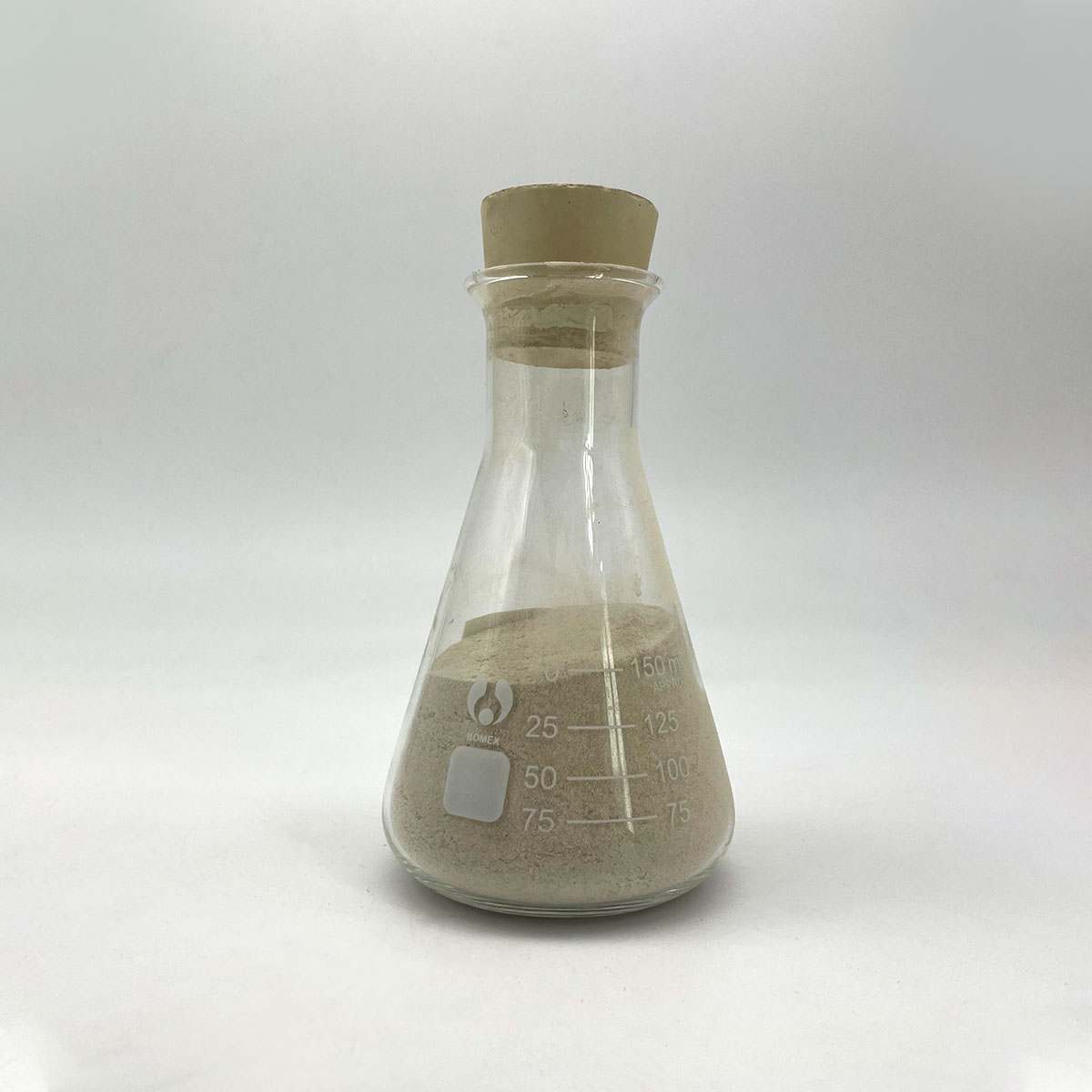Overview of Triton X-100 Molecular Biology Nonionic Surfactant
Nonionic surfactants are a class of surface-active agents that do not carry an electrical charge in aqueous solutions, distinguishing them from ionic surfactants like cationics and anionics. They are composed of a hydrophilic (water-loving) head group and a hydrophobic (oil-loving) tail, which allows them to reduce surface tension between fluids and facilitate interactions between substances that are normally immiscible. Their neutrality makes them stable over a wide pH range and compatible with other types of surfactants, making them highly versatile in numerous applications.
Features of Triton X-100 Molecular Biology Nonionic Surfactant
-
Neutral Charge: Lack of charge leads to compatibility with both anionic and cationic substances, reducing the risk of precipitation or instability in formulations.
-
Wide pH Stability: Function effectively across a broad pH range, making them suitable for diverse chemical environments.
-
Solubility: Readily soluble in both water and organic solvents, enhancing their utility in cleaning, emulsification, and dispersion processes.
-
Low Foam Profile: Many nonionic surfactants generate less foam compared to their ionic counterparts, beneficial in applications where excessive foam is undesirable.
-
Wetting and Spreading: Excellent at reducing surface tension, promoting wetting and spreading of liquids on surfaces, improving cleaning and coating processes.
-
Emulsification: Efficiently stabilize oil-in-water or water-in-oil emulsions, depending on their structure, which is crucial in formulations like cosmetics, agrochemicals, and food products.

(Triton X-100 Molecular Biology Nonionic Surfactant)
Specification of Triton X-100 Molecular Biology Nonionic Surfactant
Triton X-100 is a nonionic surfactant widely utilized in molecular biology for damaging cell membranes, separating proteins, and maintaining enzymes. It functions by interrupting lipid layers without changing protein frameworks. This makes it suitable for lab applications requiring mild yet reliable cell lysis.
The chemical name for Triton X-100 is octylphenol ethoxylate. Its molecular formula is C34H62O11. The liquid appears clear and colorless. The concentration of Triton X-100 in remedies commonly ranges from 0.1% to 1%. It mixes well with water and natural solvents like ethanol. The pH continues to be neutral (6.0– 8.0) in aqueous options.
Triton X-100 has low poisoning for cells, preserving biological task throughout experiments. It remains secure throughout a vast temperature range. Storage space at space temperature level (15– 25 ° C) is recommended. Straight sunlight needs to be stayed clear of to keep top quality. The surfactant’s hydrophilic-lipophilic balance (HLB) is around 13.5. This balance makes sure efficient solubilization of membrane layers while maintaining healthy proteins undamaged.
Key functions consist of high purity (over 99%) and uniformity throughout sets. These qualities reduce irregularity in research study outcomes. Triton X-100 is compatible with electrophoresis, chromatography, and immunoassays. It reduces disturbance in delicate treatments like PCR.
Applications cover cell biology, biochemistry and biology, and diagnostics. It helps essence membrane-bound healthy proteins and organelles. Triton X-100 is added to barriers for cleaning cells or tissues. It protects against clumping in protein services. The surfactant additionally enhances antibody infiltration in discoloration techniques.
Safety and security guidelines encourage putting on handwear covers and goggles when managing Triton X-100. Appropriate ventilation is needed to stay clear of breathing. Disposal complies with local policies for chemical waste.
The product is packaged in amber containers to obstruct light exposure. Sizes range from 100 mL to 5 liters. Labels consist of set numbers, expiry dates, and safety and security signs. Triton X-100 fulfills standards set by companies like ISO and USP.

(Triton X-100 Molecular Biology Nonionic Surfactant)
Applications of Triton X-100 Molecular Biology Nonionic Surfactant
Triton X-100 is a nonionic surfactant extensively used in molecular biology. It works as a cleaning agent to interfere with cell membrane layers. This home makes it valuable for breaking open cells to release inner elements. The process is gentle. It protects healthy protein structure and feature during removal.
Triton X-100 is common in healthy protein research studies. It aids liquify proteins from cell membranes or accumulations. This makes sure proteins remain in remedy for analysis. Scientists utilize it to prepare examples for techniques like Western blotting. It avoids proteins from clumping. This boosts precision in experiments.
The surfactant plays a role in membrane research. Cell membranes consist of lipids and proteins. Triton X-100 solubilizes these components without denaturing them. Researchers research study membrane structure and protein communications by doing this. It aids in separating specific membrane layer regions for in-depth analysis.
Immunoassays depend on Triton X-100. It boosts antibody access to target particles within cells or cells. This improves signal detection in approaches like immunohistochemistry. The surfactant decreases background sound. It boosts clarity in discoloration outcomes.
Triton X-100 sustains PCR and electrophoresis. In DNA amplification, it reduces enzyme inhibition caused by impurities. For electrophoresis, it stabilizes samples packed onto gels. This ensures even migration of particles throughout splitting up.
The surfactant is utilized in discoloring methods. It permeabilizes cells for dye entry. This enables visualization of interior frameworks under microscopes. It maintains cell morphology. Details remain noticeable for precise monitoring.
Triton X-100 is functional. It stabilizes reliable interruption with very little interference. This makes it a staple in labs for regular and complicated jobs. Handling calls for treatment. Concentration degrees have to be enhanced to avoid destructive fragile biological materials.
Company Profile
SurfactantChina is a trusted global chemical material supplier & manufacturer with over 12-year-experience in providing super high-quality surfactant and relative products.
The company has a professional technical department and Quality Supervision Department, a well-equipped laboratory, and equipped with advanced testing equipment and after-sales customer service center.
If you are looking for high-quality surfactant and relative products, please feel free to contact us or click on the needed products to send an inquiry.
Payment Methods
L/C, T/T, Western Union, Paypal, Credit Card etc.
Shipment
It could be shipped by sea, by air, or by reveal ASAP as soon as repayment receipt.
5 FAQs of Triton X-100 Molecular Biology Nonionic Surfactant
Triton X-100 is a nonionic surfactant widely used in molecular biology. It helps break cell membranes and dissolve proteins without changing their natural state. Below are answers to common questions about Triton X-100.
What does Triton X-100 do? Triton X-100 disrupts cell membranes. It breaks the lipid layers holding cells together. This releases internal components like proteins and DNA. The detergent does not denature proteins, keeping them functional for experiments.
Why choose Triton X-100 over other detergents? Triton X-100 is milder than ionic detergents. It effectively solubilizes membrane proteins while preserving their structure. This makes it ideal for experiments requiring active enzymes or intact protein complexes. Other detergents might damage sensitive samples.
What concentration of Triton X-100 should I use? Typical concentrations range from 0.1% to 1%. Higher concentrations can solubilize more proteins but might disrupt protein interactions. Lower concentrations work for gentle cell lysis. Test different levels to find the best balance for your experiment.
Can Triton X-100 be mixed with other detergents? Yes, but only with certain types. Mixing it with ionic detergents like SDS can improve protein extraction. Avoid combining it with detergents that have conflicting chemical properties. Always check if the mixture affects your sample’s stability before full-scale use.
How should Triton X-100 be stored? Store it at room temperature away from light. Keep the bottle tightly sealed to prevent evaporation or contamination. The solution remains stable for years under proper conditions. Do not freeze it, as temperature changes might cause precipitation.

(Triton X-100 Molecular Biology Nonionic Surfactant)






